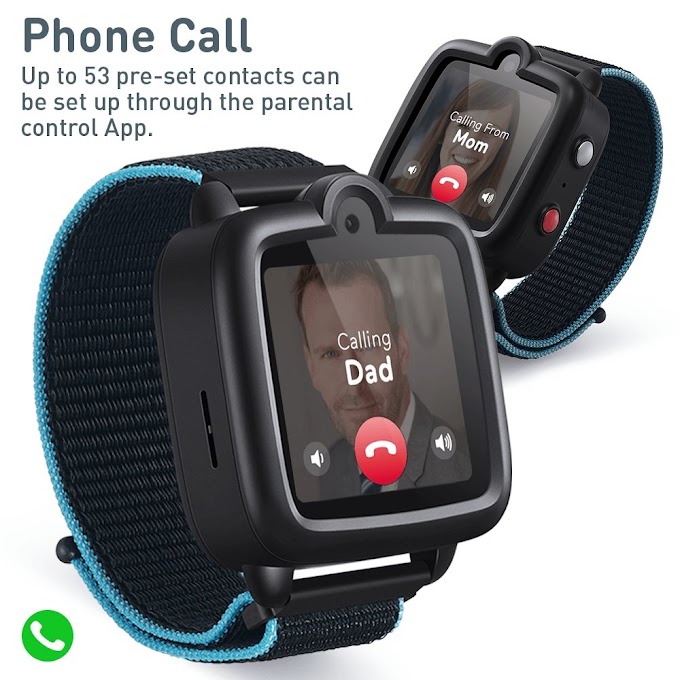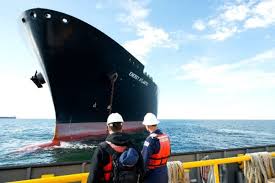The first thing you’ve probably discovered about your RV, Motor Coach, Motorhome, or Toy Hauler is that they have a variety of different materials on their exterior. These materials include glass, plastic, fiberglass, gel coated fiberglass, painted and clear coated fiberglass and sheet metal, polished aluminum and stainless, and even rubber!
Each of these materials requires a special touch to restore them and provide lasting beauty and protection.
Mornings and evenings are your friend. In order to avoid water spotting you need to do your washing at a time that the sun isn’t beating down on you. Extremely few people are fortunate enough to have covered storage for their RV or camper with room to wash.
Wash and dry one side of your RV at a time. This means if you’re washing the roof you are going to wash and dry it before moving to the sides, front, or back. This will reduce water spotting from your soap and rinse water drying too fast in the heat/sun.
Begin with the roof. You don’t want to clean and dry the sides of your RV and have your roof water and dirt running down it. It also allows you to tackle the most exposed part of your RV before the morning light gives way to the hot afternoon sun.
Pick up some tools to expedite the washing process. These land yachts are no easy task. Work smarter, not harder. I recommend at minimum you pick up:
A quality pole mountable brush head such as a Mr. LongArm Very Soft Flow-Thru Brush
This particular brush head has extra soft synthetic fibers that won’t scratch the delicate finishes on an rv such as clear coat, gel coat, and high polished aluminum. It also has a rubber bumper around the head that helps prevent any damage to your RV’s finish should you accidentally bump it.
This device allows you to squeegee off most of the water from your RV saving time and reducing the chance of water spots. The least amount of time you have to spend soaking up water with a towel the better [you will feel]!
Don’t worry about scratching your pride and joy. The material of this water blade will not harm any finishes as long as they are washed and rinsed beforehand.
A quality microfiber chenille wash mitt for the wheels such as these from The Rag Company
These wash mitts are made of quality chenille microfiber and won’t scratch the highly polished finish of your wheels. The Rag Company is a proven brand and their product are outstanding, especially for the price.
A quality and highly absorbent drying towel such as The Rag Company Platinum Pluffle
These towel will reduce the amount of drying time considerably when used after the water blade. They are highly absorbent and scratch safe allowing you to completely dry a side of your RV without needing to slow your pace.
A pack of quality general purpose glass, mirror, and chrome microfiber towels.
These are great for wiping down windows, mirrors, chrome and polished accessories (ladders, handles, mirror housings, etc..), and cleaning around door jambs and storage compartment jambs.
A quality car wash shampoo such as Gel-Gloss RV Wash and Wax.
Gel-Gloss is readily available and cleans well. It is super slick, thick foaming, and affordable! To top it all off, it does not contain petroleum distillates which means it’s safe RVs with rubber (EPDM/TPO) roofs. It has a strong cleaning action and leaves behind a light layer of carnauba wax.
With these materials, you should cut your cleaning time literally into a tenth. If you can use a pressure washer along side these tools you’re in even better shape. To me that’s money well spent. If you happen to also own a boat, these products will work great there as well. Double bang for the buck!
Professional RV cleaning servicesWhat if You Live in a Water Restricted Area?
If you have to abide by water restrictions, or do not have access to water such as at a campground or in the wilderness, then I recommend you check out a Water Wash system. You find them in kits like this Waterless Wash Wax Kit from Aero Cosmetics. No hose or pressure washer is required and you’ll still be able to maintain your RV or Camper.
Blue jug and spray bottle of aero cosmetics waterless wash with a stack of blue microfiber towels.
RV roofs come in two flavors, rubber membrane (EPDM/TPO) and fiberglass. Rubber RV roof cleaning requires some special care.
You don’t want to use any strong cleaners or chemicals that contain petroleum distillates on a rubber RV roof. It will break down the roof. Other than that the cleaning process is simple. Wash. Rinse. Dry.
Rubber roofs don’t require any special protection afterward, though some may be applied to make future maintenance easier. A proven protectant is Dicor Roof Guard.
Regular maintenance is the key here. If you have mildew and other things growing on your roof, you waited too long!
Regular maintenance is the key here. If you have mildew and other things growing on your roof, you waited too long!
As for fiberglass RV roofs, cleaning is pretty straight forward. Any decent shampoo and cleaner will suffice here. Fiberglass does have the tendency to oxidize if left unprotected. If your roof is oxidized (usually chalky or ashy in appearance and texture) then you’re likely going to need a stronger cleaner such as Davis Fiberglass Stain Remover.
Purple jug of FSR Fiberglass Stain Remover
After the roof is dry, take a moment to inspect it for cracks, tears, or peeling and missing caulk.
If your roof is clean and intact then you’re ready to move onto the sides.
When cleaning the sides of your RV, start with the right and left sides and work from front to back. The worst dirt and grime accumulation usually gathers on the front, back, and rearward side panels.
Save wheels and tires for last. Do not use the same mop on your wheels and tires that you use on the sides. You will heavily contaminate the mop and may not be able to clean it all out. This will cause you to damage the rest of your RV during your next cleaning.
Once you’ve cleaned your RV, you most certainly need to protect it.
Yes! These toys are all covered in either plastic, fiberglass, gel coated fiberglass, or clear-coat paint. All of these materials oxidize when exposed to the elements. The more they oxidize the worse they look and the more brittle they get. Waxing your RV ensures it will stand the test of time.
You have two options, you can wax it or you can seal it with a sealant. There are two main differences between a wax and a sealant. Waxes contain natural compounds and has a relatively short lifespan on your RV (a couple to a few months). A sealant contains mostly synthetic compounds and has a relatively long lifespan (several months to a year).











0 Comments
You are welcome to share your ideas with us in comments.